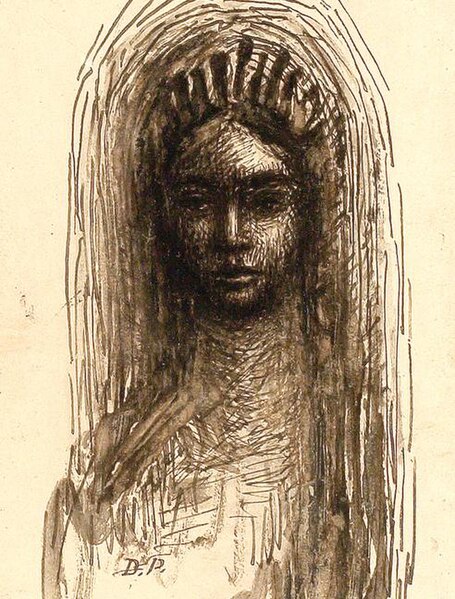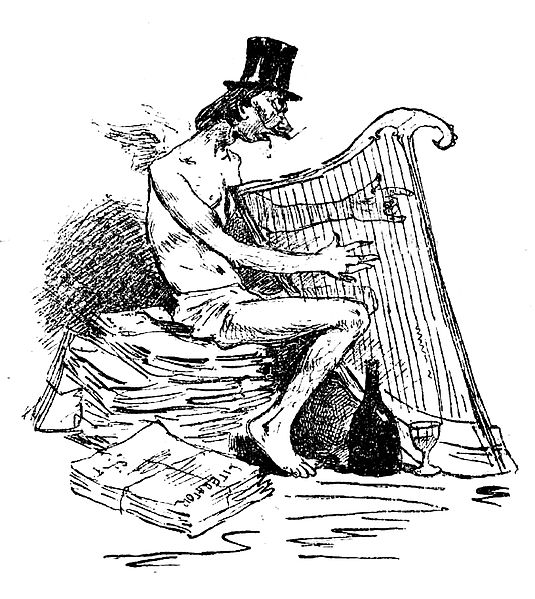Ion Minulescu was a Romanian avant-garde poet, novelist, short story writer, journalist, literary critic, and playwright. Often publishing his works under the pseudonyms I. M. Nirvan and Koh-i-Noor, he journeyed to Paris, where he was heavily influenced by the growing Symbolist movement and Parisian Bohemianism. A herald of Romania's own Symbolist movement, he had a major influence on local modernist literature, and was among the first local poets to use free verse.
Minulescu in 1934
Grave in Bellu Cemetery
Ion Minulescu on a 2001 Romanian stamp
Symbolist movement in Romania
The Symbolist movement in Romania, active during the late 19th and early 20th centuries, marked the development of Romanian culture in both literature and visual arts. Bringing the assimilation of France's Symbolism, Decadence and Parnassianism, it promoted a distinctly urban culture, characterized by cosmopolitanism, Francophilia and endorsement of Westernization, and was generally opposed to either rural themes or patriotic displays in art. Like its Western European counterparts, the movement stood for idealism, sentimentalism or exoticism, alongside a noted interest in spirituality and esotericism, covering on its own the ground between local Romanticism and the emerging modernism of the fin de siècle. Despite such unifying traits, Romanian Symbolism was an eclectic, factionalized and often self-contradictory current.
Chimera, ink drawing by Dimitrie Paciurea
"The Symbolist poet", as portrayed by cartoonist Constantin Jiquidi. At the bottom, a stack of papers with the title Literatorul
Some of the Tinerimea Artistică founders, in a caricature by Nicolae Petrescu-Găină (1903)
Ștefan Luchian, Primăvara ("Spring")







